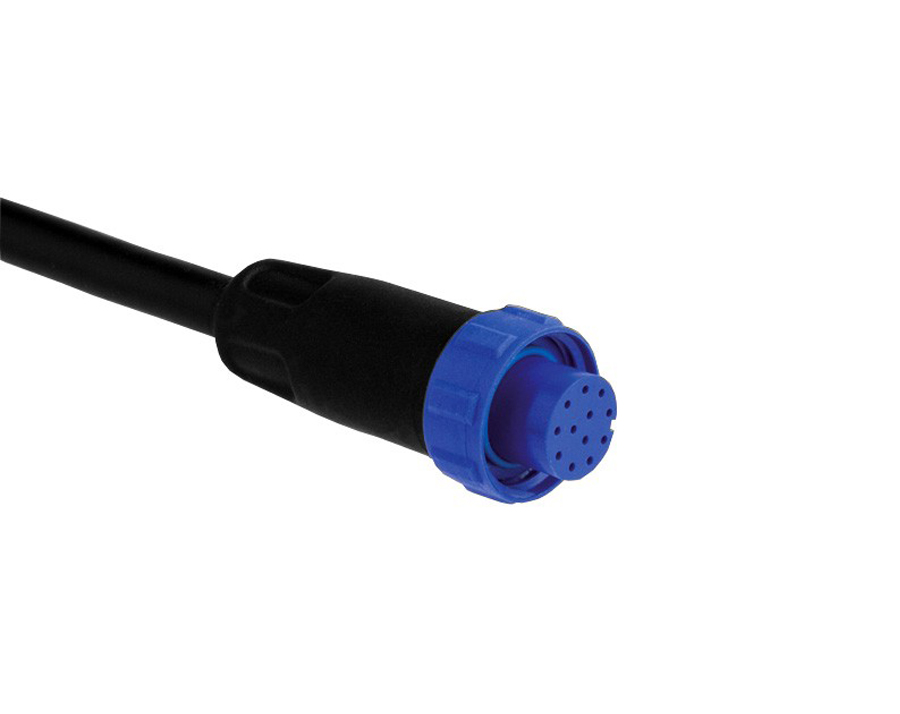Wire Terminal Block Overview

A wire terminal block (also referred to as a connector block, terminal strip, or connection block) is a mechanical device that joins multiple wires together. It consists of a metal or plastic body with multiple metal clamps, screws, or clips that secure the wires in place. These clamps are typically arranged in two or more rows, providing versatile wire connections among different levels.
The primary purpose of a wire terminal block is to facilitate the routing of electrical current through wires without exposing the wires or relying on twisted or soldered connections, which are prone to wear, corrosion, or faulty electrical contacts over time. Terminal blocks offer a neat and organized way of managing wires that require disconnection, replacement, or reconfiguration without damaging the conductors or the system itself.
Types of Wire Terminal Blocks
Wire terminal blocks come in various types and configurations, depending on their intended use, environment, and level of performance. Some of the common types of wire terminal blocks include:
1. Barrier Terminal Blocks: These have a solid bar that separates the rows of wire connections, providing a degree of insulation and mechanical support between the wires.
2. Screw Terminal Blocks: As the name suggests, these have a screw or nut fastener that clamps down on the wire, providing a secure and reliable connection.
3. Spring Terminal Blocks: These use a spring mechanism to compress the wire and create a tight bond between the wire and the clamp.
4. Pluggable Terminal Blocks: These allow for easy and quick disconnection and reconnection of wires without the need for tools.
5. DIN Rail Terminal Blocks: These are mounted on a standard DIN rail, providing a compact and modular way of organizing wires in electrical cabinets or enclosures.
Functions of Wire Terminal Blocks
Wire terminal blocks serve multiple functions in electrical and electronic systems, which include:
1. Wire Connection: Terminal blocks facilitate the connection of multiple wires without the need for splices, wire nuts, or soldering.
2. Wire Termination: They provide a secure and robust mechanism for terminating wires, ensuring that the connections are not compromised during handling, vibration, or temperature variations.
3. Wire Distribution: Terminal blocks can distribute electrical current from a single input source to multiple output sources, providing a convenient way of branching off multiple devices from one central location.
4. Wire Labeling: The blocks provide a convenient way of labeling or marking the wires for easier identification or troubleshooting.
Applications of Wire Terminal Blocks
Wire terminal blocks are used in various applications, including:
1. Power Distribution: Terminal blocks are used in power distribution systems to terminate and distribute power to multiple devices, such as motors, pumps, heaters, or lights.
2. Control Systems: Terminal blocks are used in control systems to connect and distribute signals between sensors, switches, relays, and controllers.
3. Building Automation: Terminal blocks are used in building automation systems to manage a wide range of electrical and electronic devices, such as HVAC systems, lighting controls, access controls, and security systems.
4. Data and Communication Systems: Terminal blocks are used in data and communication systems to connect and distribute signals between different devices, such as modems, routers, switches, and servers.
Conclusion
In summary, wire terminal blocks are essential components in electrical and electronic systems that facilitate the termination, distribution, and management of wires. They offer a reliable and robust way of connecting wires without exposing them to damage or faulty electrical contacts. Terminal blocks come in various types and configurations, serving multiple functions in different applications. Whether you're working on a power distribution system, a control system, or a communication system, wire terminal blocks offer an efficient and effective way of managing your wires.